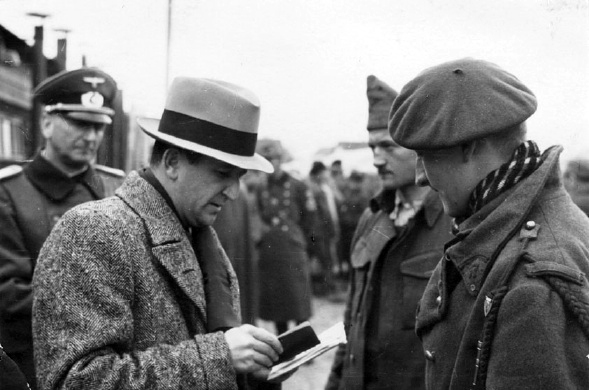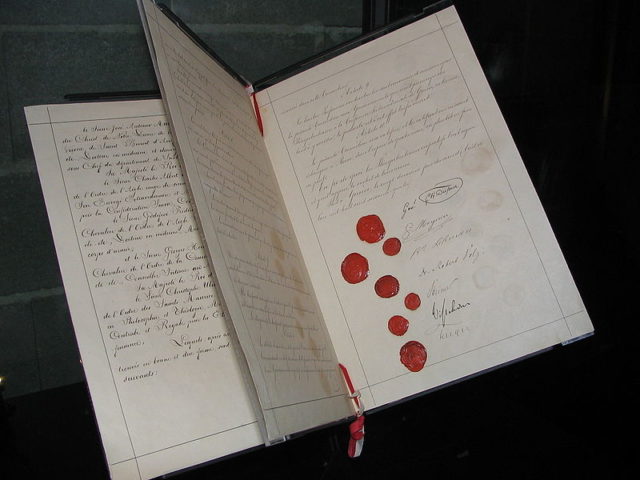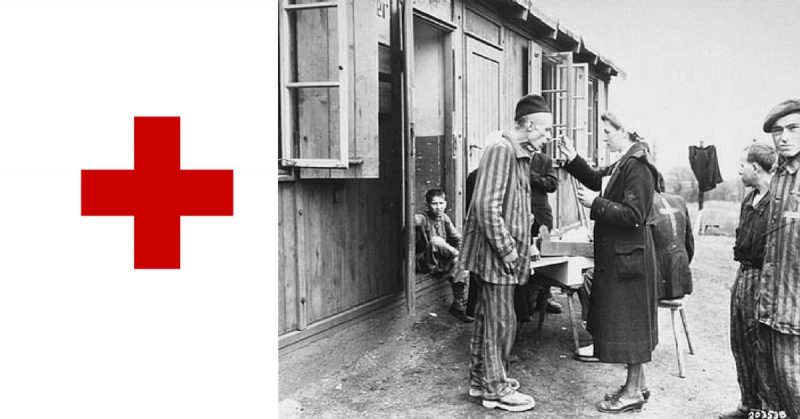The role of the International Red Cross and Red Crescent Movement during the Second World War remains largely unknown to the wider public, but the results of this humanitarian organization are not to be neglected. Following the Geneva Convention’s 1929 revision, the Red Cross was involved in all theaters of war employing numerous volunteers and employees who were directed in different branches of the organization’s activities.
They tended the wounded on both sides, served as middle-men for several diplomatic missions, observed the treatment of POWs, kept track of millions of displaced persons and people who went missing during wartime. The actions of the Red Cross during the largest conflict in history which introduced the modern weaponry of devastating effect were rare acts of humanity in a world torn by war, despair, and hopelessness.
The Central Information Agency on Prisoners of War under the International Committee of the Red Cross based in Geneva, Switzerland, employed a staff of 3,000 who carefully administered a card index that served for tracking prisoners which contained 45 million cards. The Agency exchanged more than 120 million messages between prisoners in 41 countries.
Also, the Agency made 12,750 official visits to different POW camps all over the world in a period between 1939 to 1945. Other than enabling communication between families and prisoners, the Red Cross delivered numerous supplies that included food and medications to the captives. They’ve also inspected the POW camps for violations of the Geneva Convention, when possible and prevented potential casualties among the prisoners.
However, the organization was unable to affect the outcome of the greatest genocide ever committed ― the Holocaust. The 1929 revision of the Geneva Convention didn’t apply to civilians, as it wasn’t predicted that this war would claim the lives of countless non-military victims. It was not until 1940 that the Geneva Convention was adopted for civilians too. Since food shortages plagued Europe during the war, a global humanitarian crisis broke out.
The ICRC managed to overcome the famine in Greece and on the Channel Islands with great success.
The civilian casualties in the Second World War outnumbered the military. Even though the IRC had information on mass deportations of civilians in concentration camps, they were prevented from acting by the Nazi Germany. The German department of the Red Cross was entirely infested and corrupted by the Nazis. This remains a shameful spot in the organization’s role in the war. The German Red Cross, supported by the Nazi Government denied access to international missions to the death camps, blatantly claiming that no violations of the human right were happening whatsoever in the regions occupied by the German Army.
Thus, many war crimes were happening out of reach of the men and women from the Red Cross. The International Red Cross and Red Crescent was partially aware of the Nazi extermination campaign directed towards the Jewish and Roma population, but due to its neutrality claim and other administrative obstacles, they decided not to interfere. Even though they couldn’t stop the killings, they managed to obtain a permission by the Nazi authorities to deliver food parcels in November 1943, to the inmates whose names were known to the ICRC administration.
Because the notices of receipt for these parcels were often signed by other inmates, the ICRC managed to register the identities of about 105,000 detainees in the concentration camps and delivered about 1.1 million parcels, primarily to the camps Dachau, Buchenwald, Ravensbrück, and Sachsenhausen. In March 1945, permission was given for Red Cross delegates to visit the death camps, but on a condition to stay there until the end of the war. Ten delegates volunteered. They visited Dachau, Mauthausen, and Theresienstadt.

Louis Haefliger, one of the delegates, prevented the forceful eviction or blasting of Mauthausen-Gusen by alerting American troops, thereby saving the lives of about 60,000 inmates. Even though this was a direct violation of the ICRC neutrality claim, it was a human thing to do. But, he was condemned by the ICRC and rehabilitated only in 1990, when his reputation was restored by the then-president of the Committee, Cornelio Sommaruga.
The Red Cross always held to its neutrality, which on several occasions like this one proved to be just wrong.
Nevertheless, the organization managed to contribute significantly to the Allied war effort, even though it served as a nominally neutral faction. The American Red Cross proved to be especially dedicated, entering the war in 1939, two years before the US officially declared war on the Axis Powers. Operating with 6 million volunteers, the American Red Cross was on the front lines all over the world.
General Eisenhower summed up the actions of the Red Cross to honor them during his addressing to the Congress on 18th of June, 1945:
The Red Cross, with its clubs for recreation, its coffee, and doughnuts in the forward areas, its readiness to meet the needs of the well and to help minister to the wounded… has often seemed to be a friendly hand of this nation, reaching across the sea to sustain its fighting men…
These small acts of kindness helped the soldiers pull through the horrors of war. And the POWs had a lot to thank the Red Cross But it wasn’t all pink for the prisoners of war, despite the Red Cross’ efforts. Japan and the Soviet Union didn’t sign up to the 1929 Geneva Conventions and were not legally required to follow the rules of the conventions.
Remember that scene from the Bridge on the River Kwai, when Colonel Saito tears apart the Geneva Convention leaflet? For the Japanese, it meant they needed not to follow the rules that the convention dictated, which led to executions of prisoners and denied access for the Red Cross personnel and often their food parcels and medical supplies.

For the Soviet Union, it was the same thing. And for the Germans on the Eastern Front, it was a relief, for they weren’t obliged to keep prisoners. That’s why the death toll of Soviet prisoners exceeded any other participant during the war. The Eastern Theatre really lived up to the term “Total War,” for taking prisoners proved to be nothing but a luxury on both sides.
The International Committee of the Red Cross tried to act according to their beliefs with the Japanese, but with little success ― they were denied almost all access to the camps. At the Changi camp, ran by the Japanese near Singapore, a POW received a fraction of one food parcel sent by the Red Cross in the three-and-a-half years that the camp was open. Also, prisoners were allowed to receive one letter per year.
After the war, the Red Cross was awarded the Nobel Peace Prize for it actions in the period between 1939-1945.
